I am an Asian and I suck at math.
There, I said it.
I’m the only Asian I know who did better on the verbal section of the SATs. (Any other Asians out there on this boat?) Even my basic arithmetic has gotten so bad — blame it on the calculators on my computer desktop, cell phone, bedside table, etc — that J does not trust me to teach simple math to our children.
So maybe some of my more mathematically-inclined readers can chime in here…
This simple theory, based on angles, seems to make a lot of sense:
Sure, there is more than one way to write certain numbers (and the way they portrayed the 7 and 9 seem a bit far-fetched). But just based on what is shown, the theory certainly seems to have merit.
So am I just gullible? Can anyone disprove this theory aside from certain numbers being written differently?

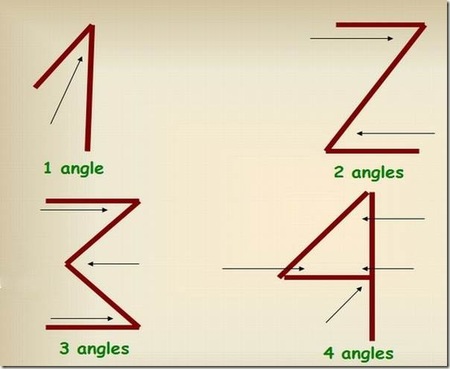
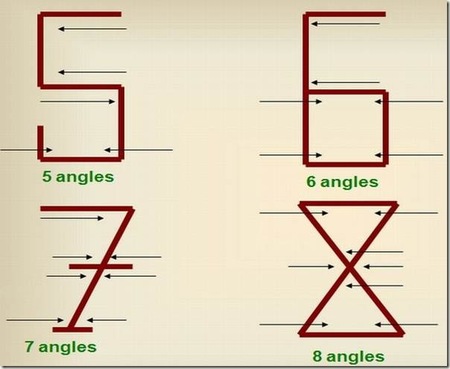
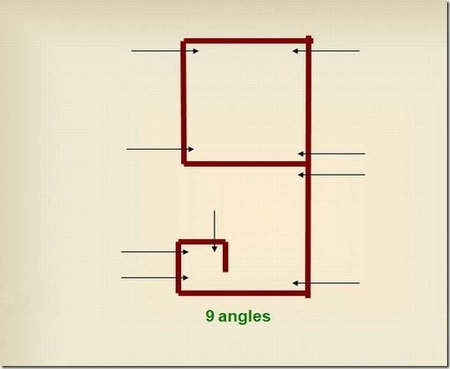
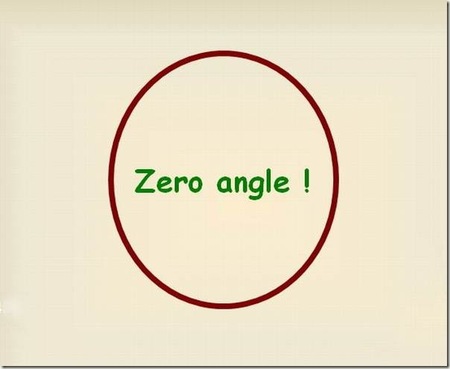

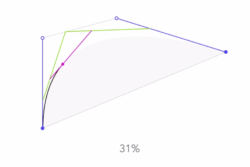



 I like books, gadgets, spicy food, and art. I dislike shopping, hot weather, and the laws of entropy. Although I am a self-proclaimed computer nerd, I still have a love for handbags and makeup... and I am always teetering on high heels. To learn more about me, visit the
I like books, gadgets, spicy food, and art. I dislike shopping, hot weather, and the laws of entropy. Although I am a self-proclaimed computer nerd, I still have a love for handbags and makeup... and I am always teetering on high heels. To learn more about me, visit the 
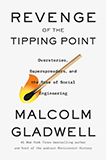
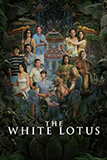
not sure what you are getting at, but I don’t believe thats why the numbers look the way they do…they come from Brahmi numbers, you can see the 6, 7 and 9 easily here- http://www.euclides.org/menu/articles/ArticleTurchap9_files/IMG_003.GIF
I’m totally with you! I scored WAY better on my English and Reading SAT/ACT scores! I suck at math…
Wow that is kind of cool. I will join you in the "I’m Asian and not good at match" club. Perhaps it’s ironic that all the math financial people in my family are actually on the Caucasian side. My brother got those genes. I did not.
I’m going to be particularly picky and say that while it is clever, it is also a load of crap. Sometimes they use complementary angels and sometimes they don’t. Plus that five, seven, and nine are a huge stretch.
i am terrible at math! got higher on verbal SAT’s too. my dad, who is very traditional, sucks at math too! it was my saving grace in HS, b/c he knew where i was coming from.
@T — I’ve never heard of Brahmi numbers before….thanks for the link!
@Paul…K? — I’m not sure why using complementary angles has to do with these samples? As far as I can tell, they’re counting every angle (unless I’m missing something?).
This doesn’t seem like a "theory" so much as a cute and clever illustration. A theory would include some sort of analysis of the facts, some sort of principle at play. This just says, "Look! We can write numbers so that each one represents the number of angles used to create it!" No analysis.
I’m bad at math, too, but I’m a white girl. 😉 A blonde, in fact! Still odd, though, considering that I write PHP. 😉
You get a few types of angles: acute angles, obtuse angles, reflex angles, right angles, etc.
in this image, they are ignoring reflex angles.
also a 0 has infinite angles, not 0.
The more sides you give an object the more round it becomes, hence to become a perfect circle, you will need a infinite amount of sides, and therefore infinite amount of sides.
And that is both on the outside of the circle, and the inside.
If you wanted to represent 0 angles, you will need to draw a dot, or a line with no bends.
Nice try though.